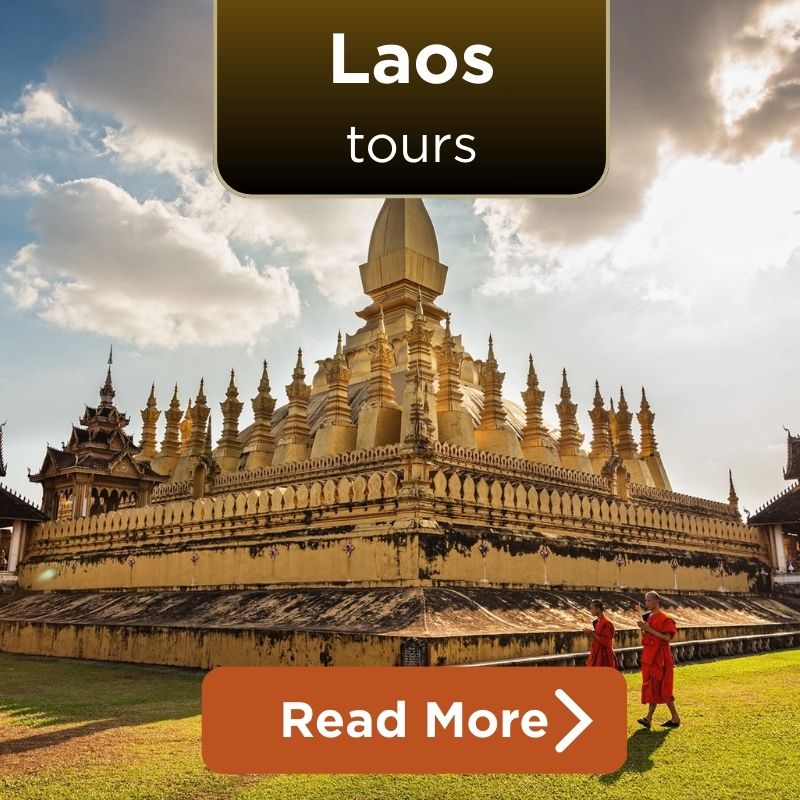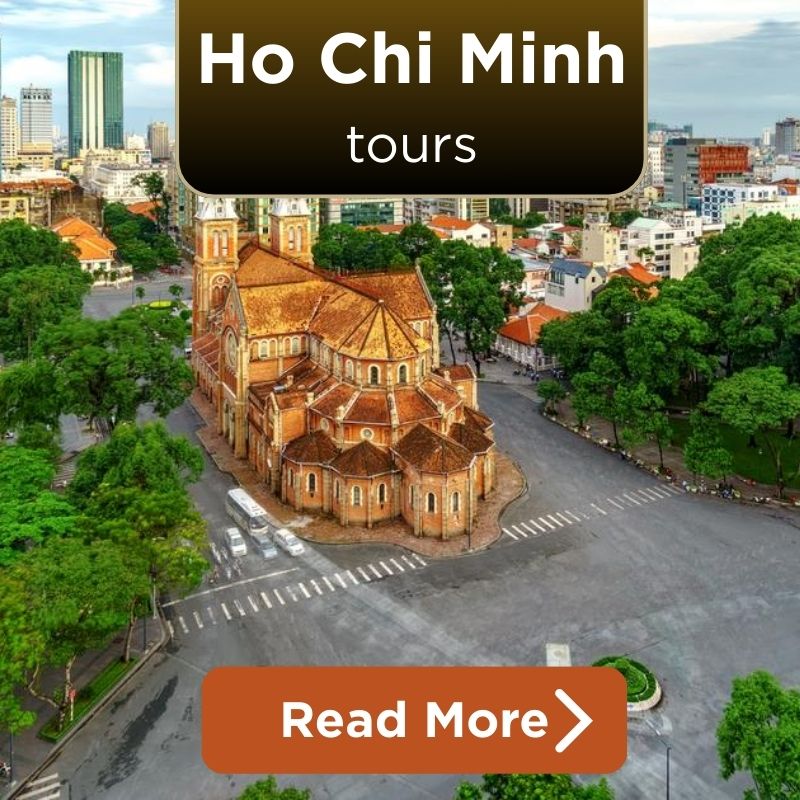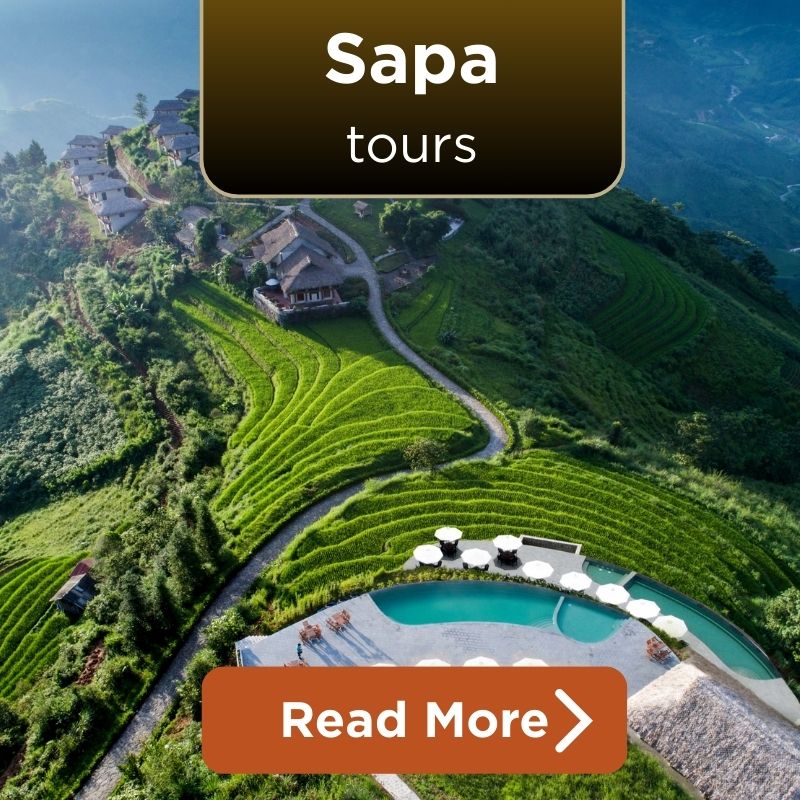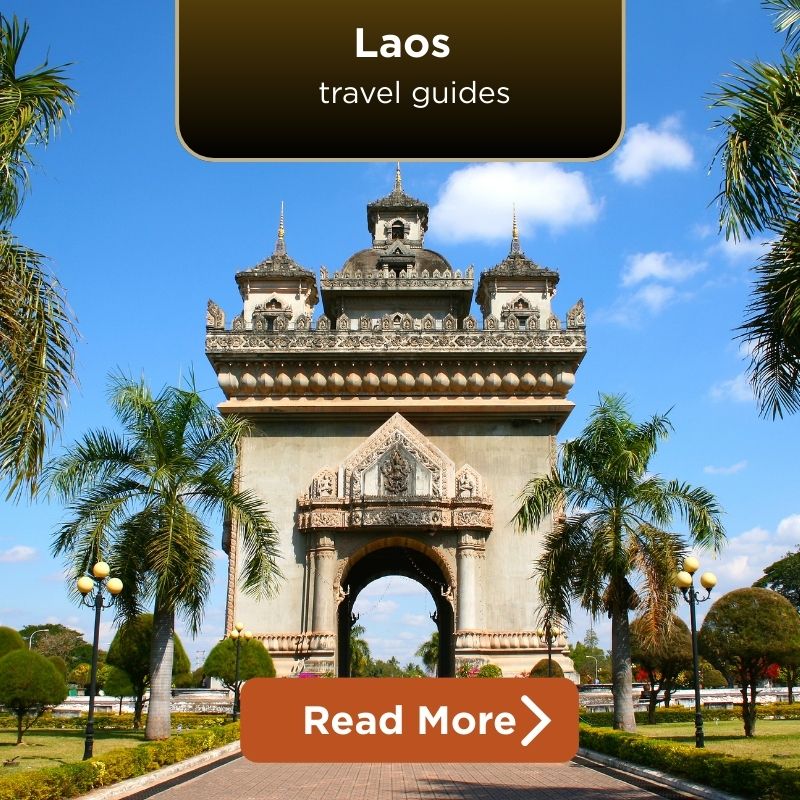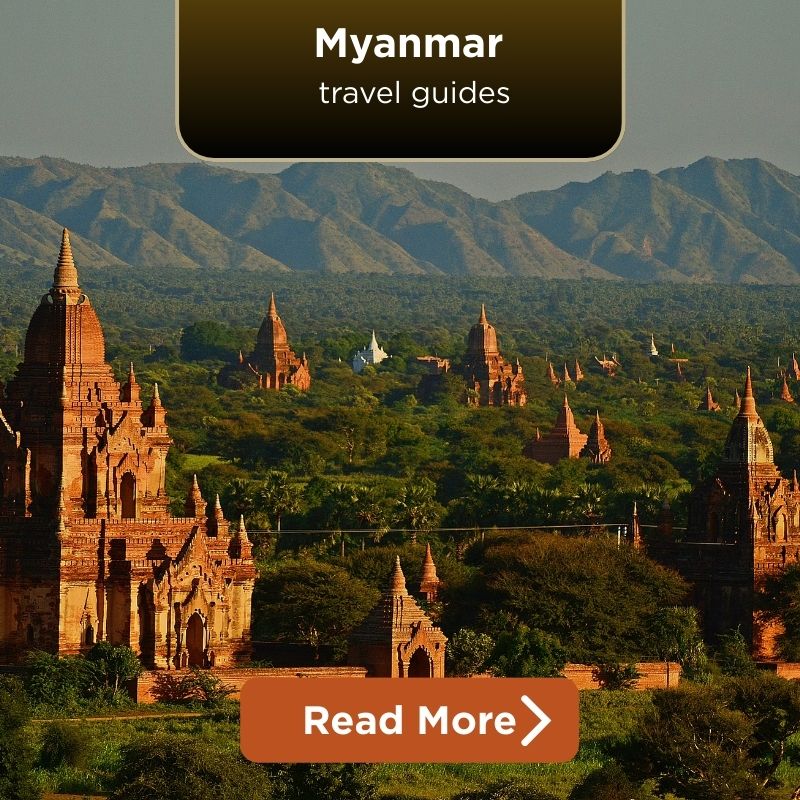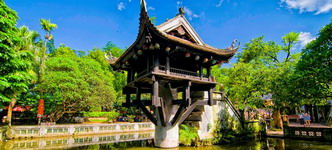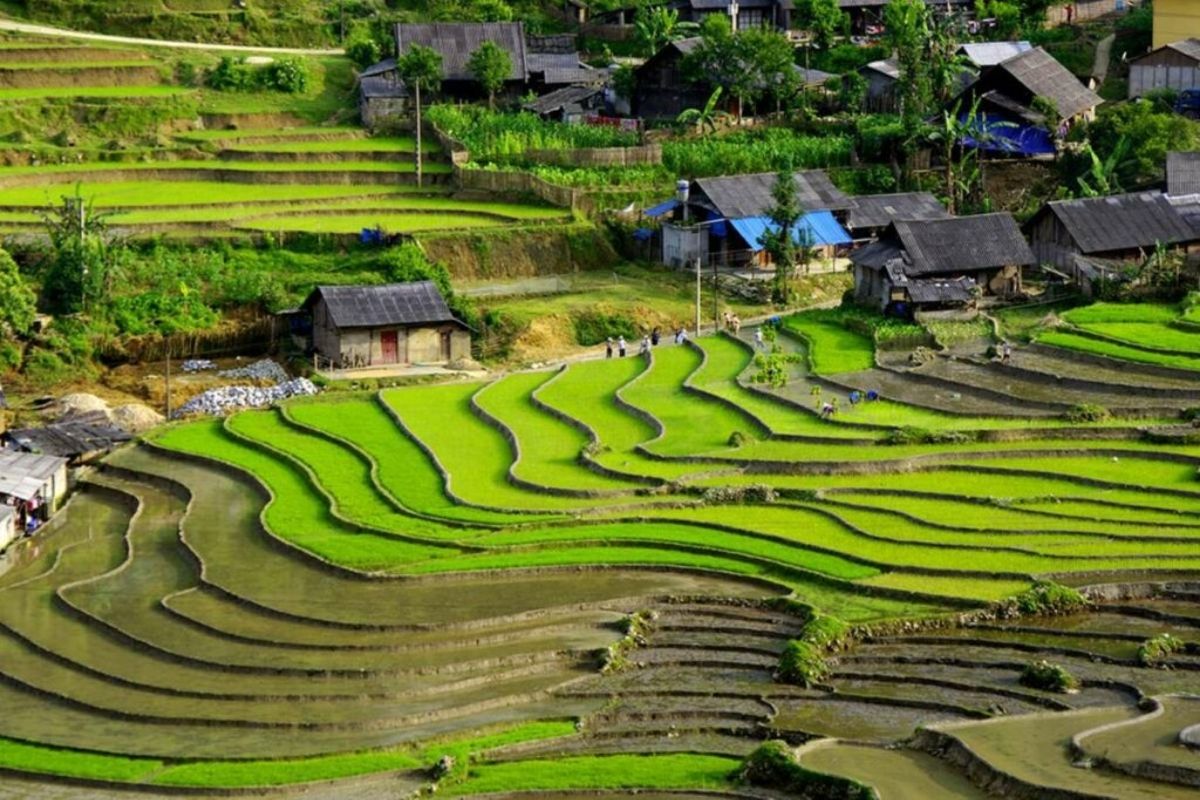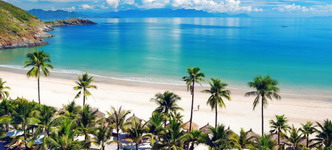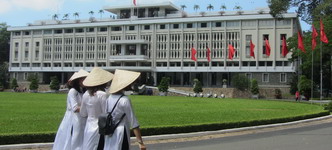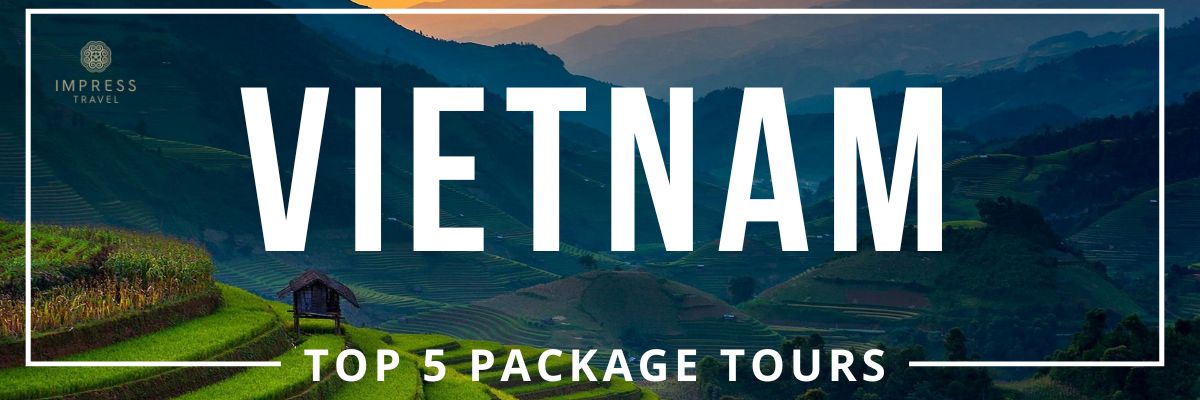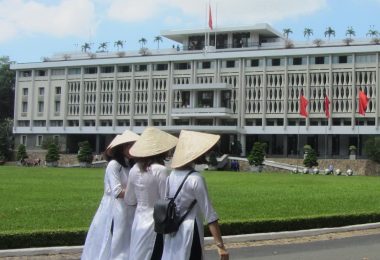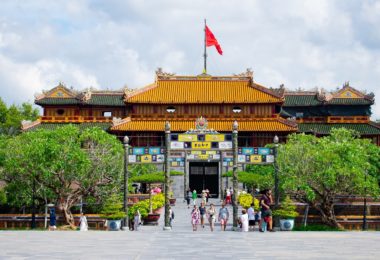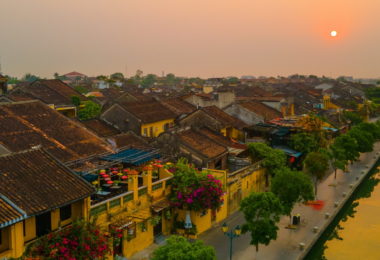Northern Vietnam: Subtle Elegance and Timeless Classics
Vietnamese Pho – The National Comfort in a Bowl
Of all the candidates for National Dish Of Vietnam, Vietnamese pho rises tallest a meal that has both traveled and endured through generations. Hailing from Hanoi, pho isn’t merely soup; it’s the essence of Vietnamese food. The Northern variant of this dish, characterized by clear broth and restrained garnishes, forms part of daily morning routines and late-night hunger cravings.
Pho in the North employs slowly simmered beef bone and spices such as star anise, cinnamon, and cardamom. The flat rice noodles and thinly sliced beef or chicken are served and garnished with scallions and a squeeze of lime. Unlike their southern counterpart, the herbs used here become minimal so that the flavor of the broth remains untainted.
Recommended addresses to enjoy Vietnamese pho in Hanoi:
- Pho Thin – 13 Lo Duc, Hai Ba Trung District: Renowned for their stir-fry beef pho (pho tai lan), here you will find bowls infused with a rich smokiness.
- Price range: 60,000 – 70,000 VND
- Pho Khoi Hoi – 50 Hang Vai, Hoan Kiem District: A perfectly authentic restaurant for classic Hanoi-style pho served in clear scented broth.
- Price range: 50,000 – 65,000 VND
Vietnamese pho is not just a meal. It’s also a story about migration, memory, and family a pillar of family food Vietnam respected in every serious food review Vietnam.
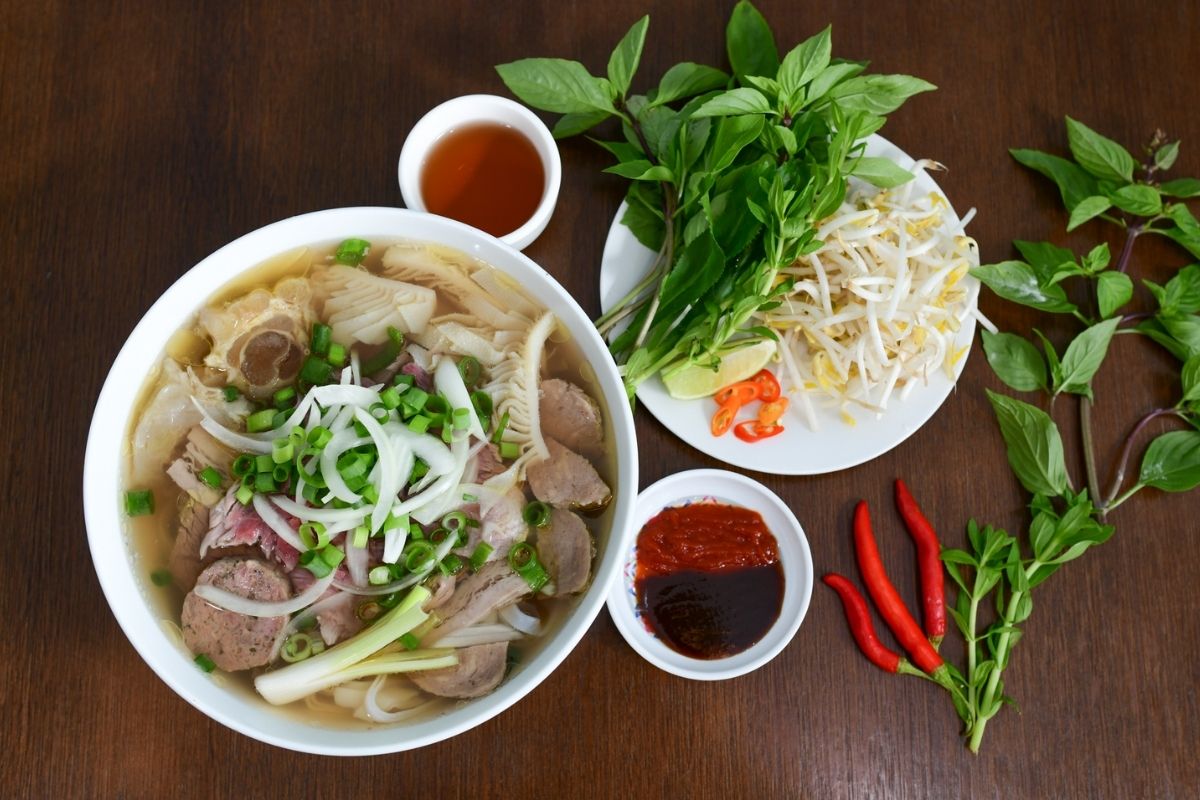
Vietnamese Pho (Source: mayviendong)
Bun Cha – The Soulful Grilled Classic of Hanoi
Another stalwart ambassador of traditional food in Vietnam, in particular from Hanoi, is bun cha. Composed of grilled pork belly and marinated pork patties chock-full of garlic, shallots, sugar, and fish sauce, it’s served alongside a serving of cold vermicelli, a side of fresh herbs in a basket, and a bowl of sweet and savory dipping sauce.
What makes bun cha so memorable is the balance between smoky grilled meat, delicate noodles, pungent herbs, and zesty sauce. It’s usually served at lunch and acutely a part of the daily experience of Hanoi citizens.
Top places to try bun cha in Hanoi:
- Bun Cha Huong Lien – 24 Le Van Huu, Hai Ba Trung District: Globally referred to as the “Obama-Bourdain bun cha restaurant."
- Price: 50,000 – 70,000 VND
- Bun Cha Dac Kim – 1 Hang Manh, Hoan Kiem District: Renowned for having thick patties and a strong dipping sauce
- Price: 60,000 – 75,000 VND
This meal is usually included in any food review Vietnam as the most representative Vietnamese dish, particularly for travelers who wish to indulge in street food culture.
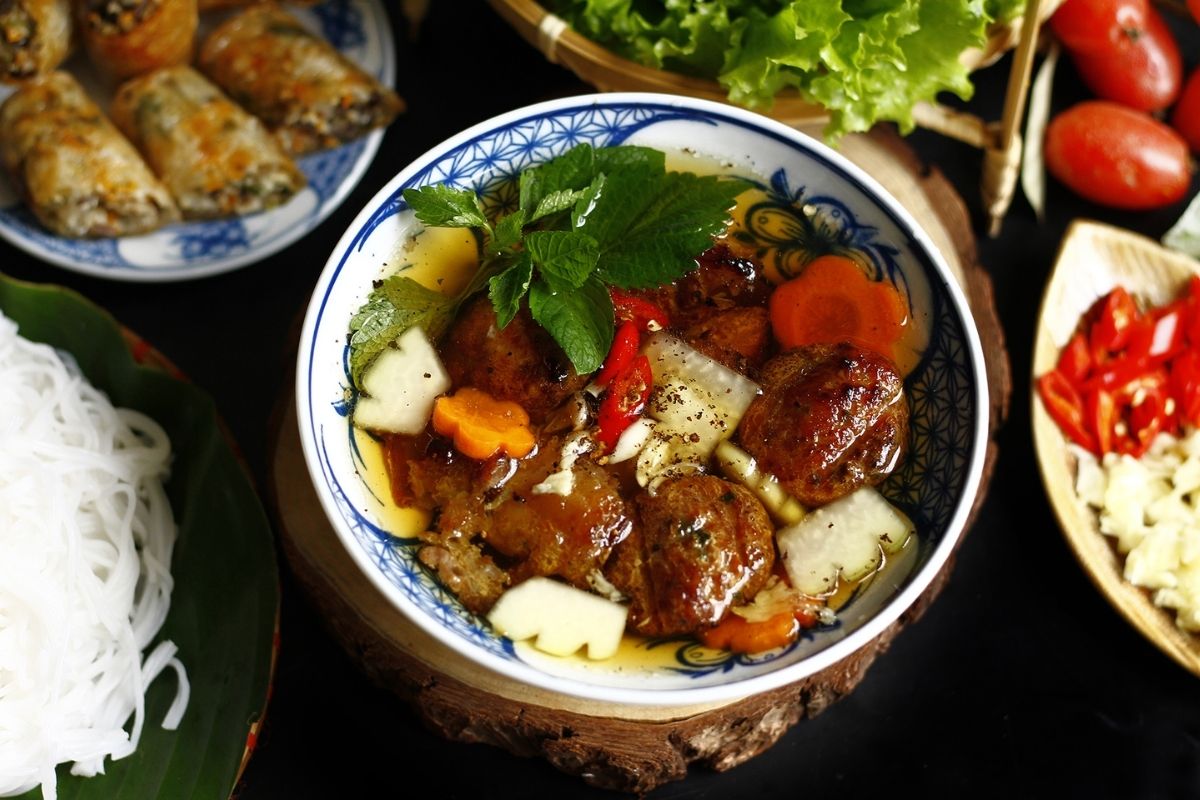
Bun Cha (Source: vnexpress)
Banh Cuon – The Morning Masterpiece
A lesser-known but equally beloved Northern specialty is banh cuon, a dainty rice roll containing seasoned ground pork and wood ear mushrooms and garnished with fried scallions and served with a bowl of fish sauce on the side. It’s a breakfast favorite even in Thanh Tri, where it’s said to have originated.
The uniqueness of this dish lies in the skill involved: steaming the batter of the rice thinly and into an elastic sheet form, rolling it when hot, and serving it freshly prepared. It’s delicate, refined, and full of umami, an illustration of Vietnamese food philosophy at its best.
Notable places to enjoy banh cuon in Hanoi:
- Banh Cuon Ba Hanh – 26B Tho Xuong, Hoan Kiem District: Located next to the Cathedral, this eatery is recognized for serving refined, traditional rolls.
- Price: 35,000 – 50,000 VND
- Banh Cuon Thanh Tri – 290 Kim Nguu, Hai Ba Trung District: Specializes in the traditional style from the Thanh Tri village.
- Price: 30,000 – 45,000 VND
Subtle but highly rewarding, banh cuon has a rightful place in the discussion about a national dish of Vietnam.

Banh Cuon (Source: baolaodong)
Vietnamese Mooncake – A Symbol of Reunion and Heritage
While seasonal, the Vietnamese mooncake is a strong symbol of family cuisine Vietnam, most especially the Mid-Autumn Festival. It is stuffed with lotus seed paste, mung bean, salted egg yolk, or green tea and symbolizes completeness and unity.
As opposed to its Chinese counterpart, the Vietnamese mooncake tends a softer crust and proportionate sweetness. It’s usually given as a gift between families, coworkers, and friends as part of the full moon celebration, a cultural as well as culinary landmark.
Famous bakeries in Hanoi for Vietnamese mooncake:
- Bao Phuong Bakery – 183 Thuy Khue, Tay Ho District: A family legend since 1954 and perpetually busy at mooncake time.
- Price: 50,000 – 100,000 VND/piece
- Kinh Do Bakery – Multiple locations, including 252 Xa Dan: Provides both classic and contemporary flavors throughout Vietnam.
- Price: 40,000 – 80,000 VND/piece
The mooncake tradition is a critical component of traditional food in Vietnam, rooted in history, ritual, as well as emotional significance, and thus an irreplaceable entry in the heritage of the National Dish Of Vietnam.
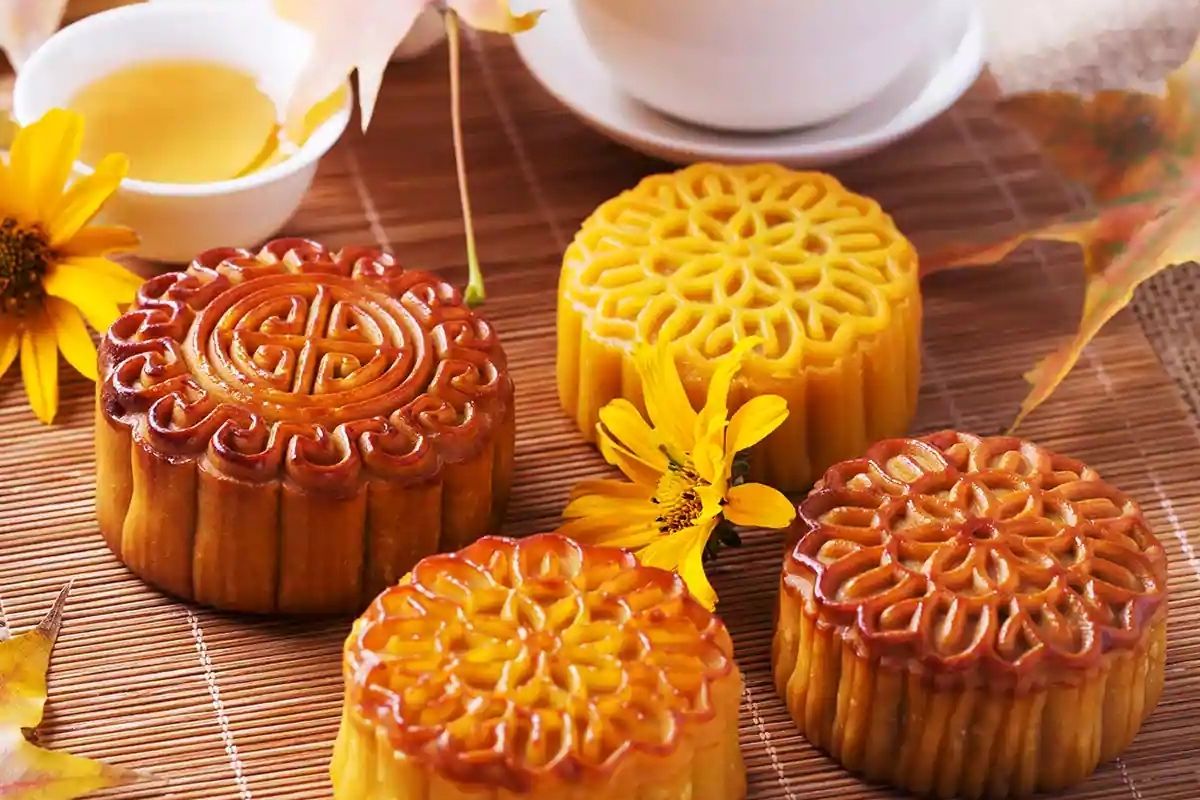
Vietnamese Mooncake (Source: slurrp)
Banh Chung – The Sacred Heart of Tet
All Northern Vietnamese Tet (Lunar New Year) celebrations begin and revolve around the square-shaped banh chung made of sticky rice, mung bean, and fatty pork wrapped in green dong leaves. It represents the earth and refers to an old legend of Lang Lieu, a prince who showed his respect for his ancestors via food.
Prepared in bulk and cooked for 10-12 hours, banh chung is a labor of love and perhaps the most emotionally resonant Vietnamese food. It expresses processed tradition, familial harmony, and gratitude.
Where to find banh chung in Hanoi (especially during Tet):
- Cho Hom – Tran Xuan Soan, Hai Ba Trung District: A central market full of banh chung sellers at Tet time.
- Price: 60,000 – 120,000 VND per cake
- Gio Cha Quoc Huong – 9 Hang Bong, Hoan Kiem District: Sells quality banh chung throughout the year.
- Price: 80,000 – 150,000 VND per cake
Few foods capture the spirit of reunion and family food Vietnam so well as banh chung, a must-have at any National Dish Of Vietnam celebration.

Banh Chung (Source: dienmayxanh)
Central Vietnam: Royal Roots, Bold Flavors
Bun Bo Hue – Fiery Broth with Imperial Heritage
No culinary tour of Central Vietnam would be complete without a bowl of bun bo Hue, a serious candidate for National Dish Of Vietnam. This rich noodle soup originates from Hue, the old imperial city, and its taste is as strong as the city’s imperial heritage. The broth starts life from a base of beef bones and lemongrass and gets seasoned with chili oil and fermented fish sauce for a potent spicy-sour kick.
Thick noodles set it apart from Vietnamese pho, and toppings can be beef shank, pork knuckles, blood pudding, and cha lua (pork sausage). Each spoonful is a celebration of power and spice, and cultural heritage.
Where to try bun bo Hue in Hue:
- Bun Bo Hue Mu Rot – 14 Nguyen Du, Thanh Pho Hue: Renowned for having a very strong and spicy broth and high-quality toppings.
- Price range: 35,000 – 50,000 VND
- Bun Bo Hue O Phung – 14 Nguyen Sinh Cung, Phu Cat Ward, Hue: A long-time local favorite and consistently listed in top food review Vietnam articles.
- Price range: 40,000 – 55,000 VND
If Vietnamese pho is the tranquil essence of the North, then bún bò Huế is the spicy heart of Central Vietnam, a serious challenger for the national dish of Vietnam for its intensity and heritage of traditional food in Vietnam.
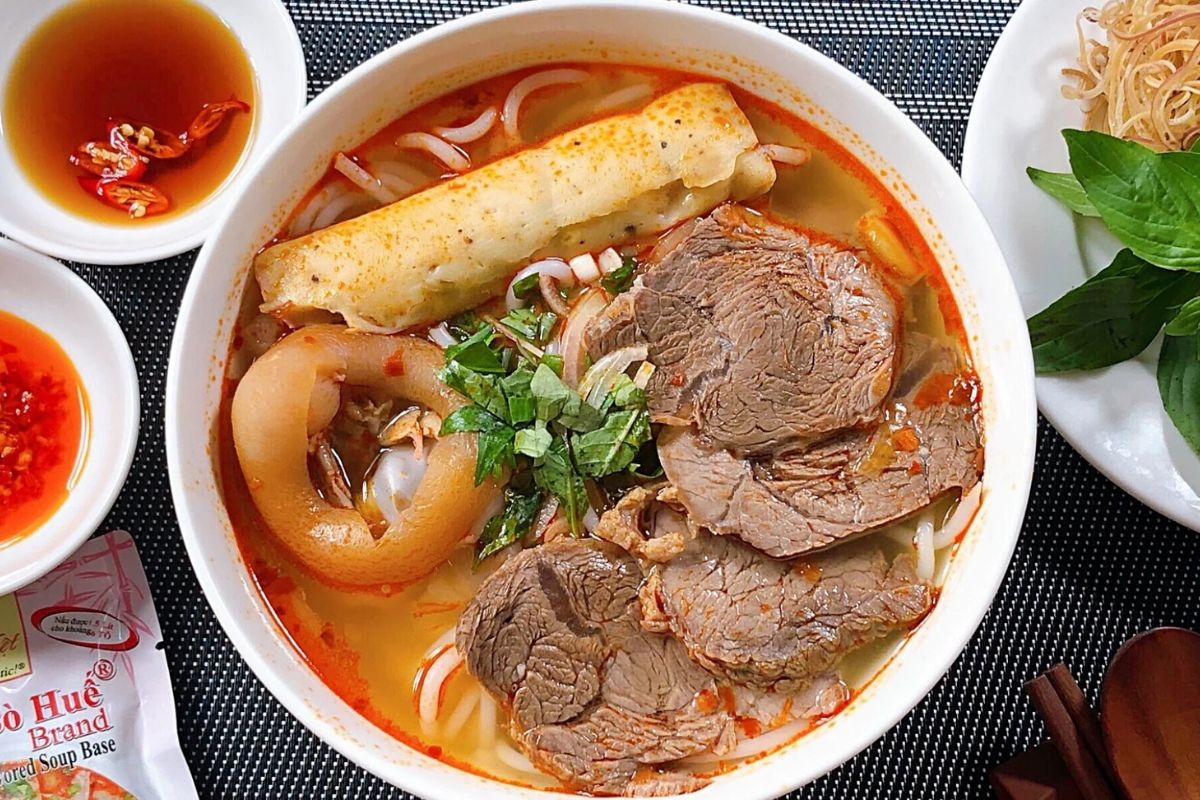
Bun Bo Hue (Source: vietnamairlines)
Mi Quang – The Golden Bowl of Quang Nam
Up next on your flavorful travels is mi Quang, the Da Nang and Quang Nam province’s delectable signature dish consisting of turmeric-yellow noodles of rice, flavorful peanut oil, and a small amount of broth, only enough to coat the food and not drown it. It’s a finely processed ensemble of roasted peanuts and herbs, protein (shrimp, chicken and pork, and even frog), and rice crackers.
A part of daily fare in central Vietnam, mi Quang showcases the ingenuity and imagination of Central Vietnamese cooks. The delicate broth provides a stunning contrast to the texture of the noodles and crunch of rice crackers and makes it perhaps the most balanced and rewarding Vietnamese dish you’ll ever taste.
Where to try mi Quang in Da Nang:
- Mi Quang Ba Mua – 95A Nguyen Tri Phuong, Hai Chau District, Da Nang: A well-known household name in Central Vietnam, renowned for consistency and quality
- Price range: 35,000 – 55,000 VND
- Mi Quang Ech Bep Trang – 441 Ong Ich Khiem, Hai Chau, Da Nang: Specializes in ech mi Quang, a specialty dish.
- Price range: 45,000 – 65,000 VND
Mi Quang is a beloved family food Vietnam enjoys on special occasions as well as regular everyday fare, showing us all that even the humblest of foods can be a candidate for National Dish Of Vietnam.

Mi Quang (Source: dienmayxanh)
Banh Beo & Banh Nam – Hue’s Regal Street Tapas
From royal feasts to street food trays, banh beo and banh nam are the most elegant representations of traditional food in Vietnam. These diminutive steamed rice cakes came from Hue, designed to delight the king’s court with their delicate textures and harmonious flavors.
Banh beo consists of tiny serving bowls and garnishes of ground shrimp, scallion oil, and fried pork skin, topped off by a drizzle of light fish sauce. Banh nam is thinner and wrapped in banana leaves and filled with the ground shrimp and pork mixture cooked into the soft rice flour dough. Both are served fresh and hot as part of a snack or light meal.
Where to try banh beo and banh nam in Hue:
- Quan Hang Me – 12 Vo Thi Sau, Thanh Pho Hue: Provides a full set of royal-style small cakes.
- Price range: 30,000 – 60,000 VND
- Quan Hanh – 11 Pho Duc Chinh, Hue: Frequently cited in food review Vietnam articles written internationally.
- Price range: 35,000 – 50,000 VND
These dishes might be small in quantity but hold great meaning in debate about the national dish of Vietnam, particularly in paying tribute to traditional culinary produce.
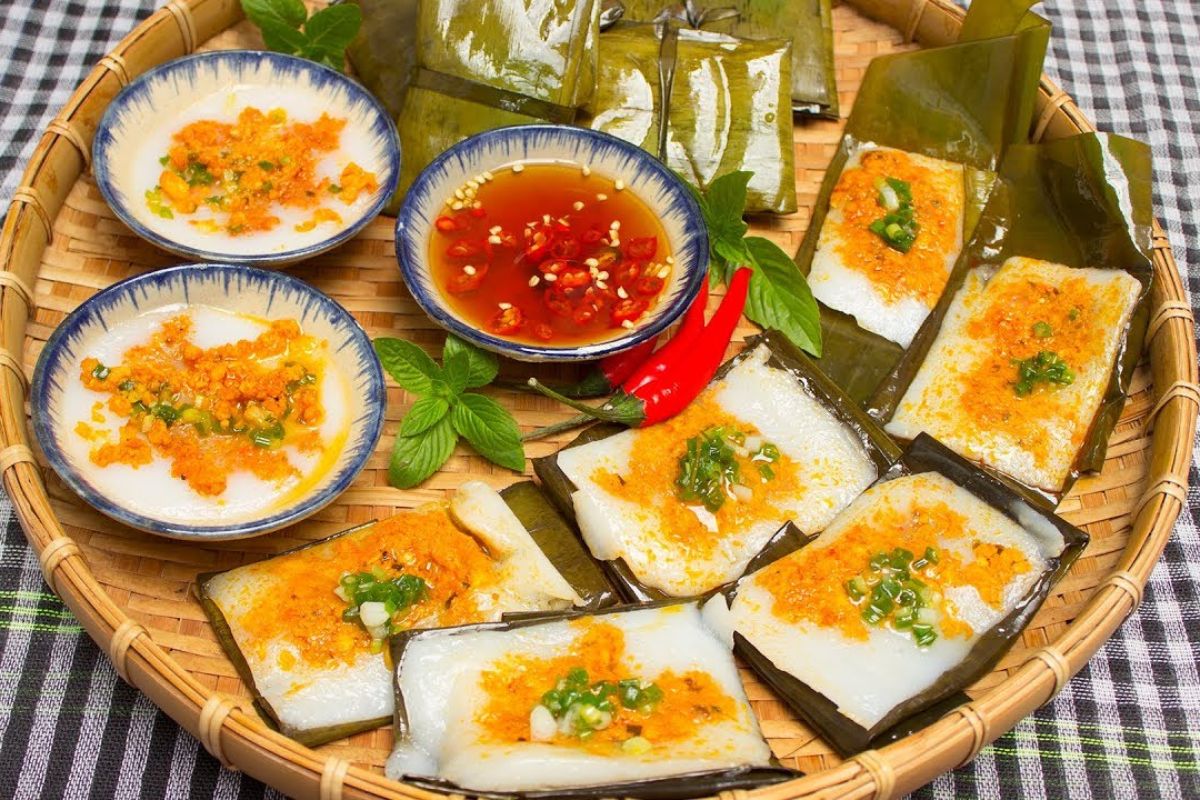
Banh Beo & Banh Nam (Source: CườiKhúcKhích)
Festival Highlight: Hue Festival Foods – Where Culture Meets Cuisine
No city celebrates its royal heritage as enthusiastically as Hue, and nowhere is this as delectably apparent as at the Hue Festival. Celebrated every two years, the festival reprises imperial court music and traditional costumes as well as naturally mythical Vietnamese cuisine.
Throughout the festival, travelers can taste a huge variety of ceremonial and royal food and drink, ranging from:
- Lotus rice (com sen): sticky rice cooked in a lotus leaf and infused with the scents of flowers
- Banh it tran: sticky rice dumplings containing mung beans or meat
- Sesame candy (keo me xung): chewy and sweet, and well paired with
- Lemongrass grilled pork skewers, steamed dumplings, and sweet desserts of mung beans
These festival food specialties reflect the refinement of royal banquets and the diversity of street food nowadays, demonstrating the ways traditional food in Vietnam has both maintained consistency and adopted the spirit of open-air celebration.
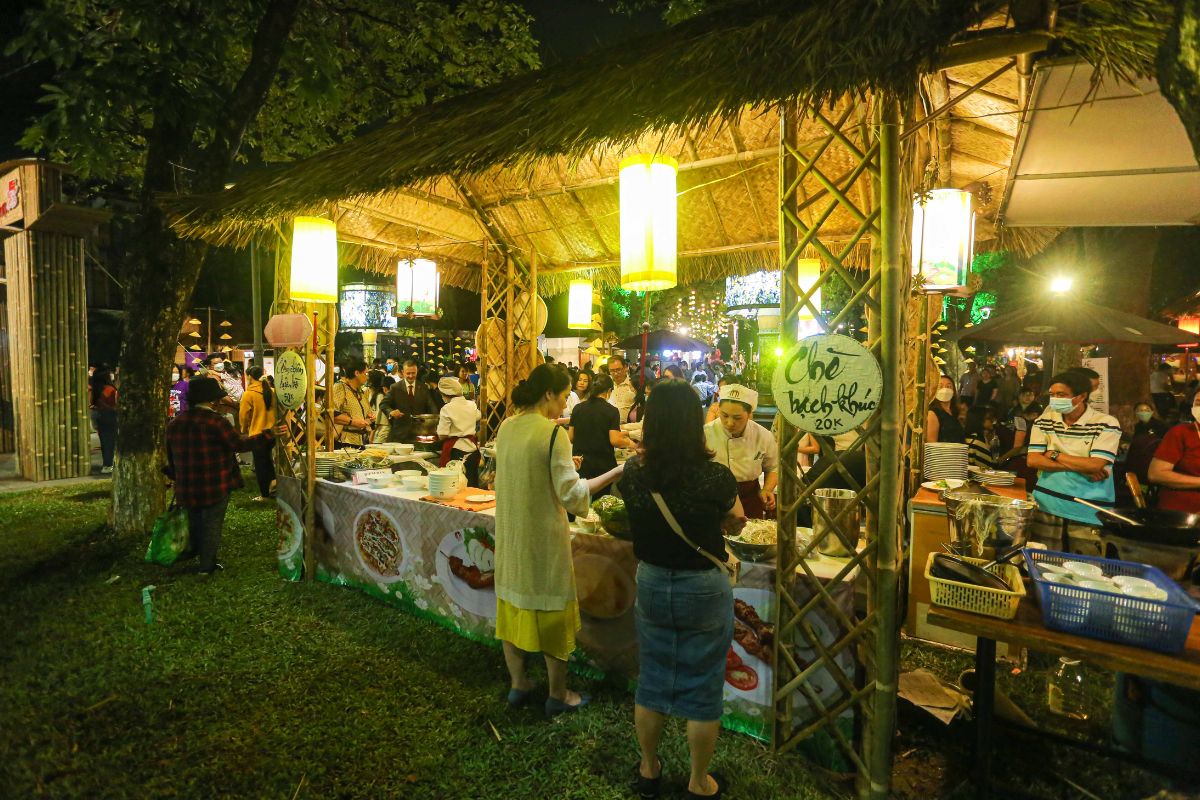
Hue Festival Foods (Source: baothanhnien)
National Dishes by Festival Calendar (Cross-Regional Showcase)
Vietnam’s holiday calendar is a culinary tour de force of the country’s culinary identity, where each holiday unfolds with a dish full of memory and meaning, and local pride. These holiday-season favorites are not merely seasonal delights but essential columns of what we take pride in calling the National Dish Of Vietnam.
|
Festival
|
Dish
|
Symbolism
|
Region
|
|
Tet (Lunar New Year)
|
Banh Chung, Banh Tet, Thit Dong
|
Family unity, harmony, and prosperity
|
All regions
|
|
Mid-Autumn Festival
|
Vietnamese Mooncake
|
Reunion, harvest gratitude, ancestral connection
|
North / Nationwide
|
|
Summer Rain Season
|
Banh Xeo, Goi Cuon
|
Cooling freshness, balance, versatility
|
South
|
|
Hue Festival (April)
|
Bun Bo Hue, Banh Nam
|
Heritage, royalty, cultural preservation
|
Central
|
Conclusion
From the satisfying crunch of banh xeo through the comfort of Vietnamese pho and the holiday sweetness of Vietnamese mooncakes, every meal throughout Vietnam speaks a rich history of pride and heritage, and taste. The National Dish Of Vietnam is not simply a recipe, it’s a living fabric of traditional food in Vietnam passed from generation and enjoyed every season. And as you discover those tastes through carefully crafted Vietnam Package Tours, recall: with each bite, you’re not merely dining, you’re tasting the very essence of Vietnam.







